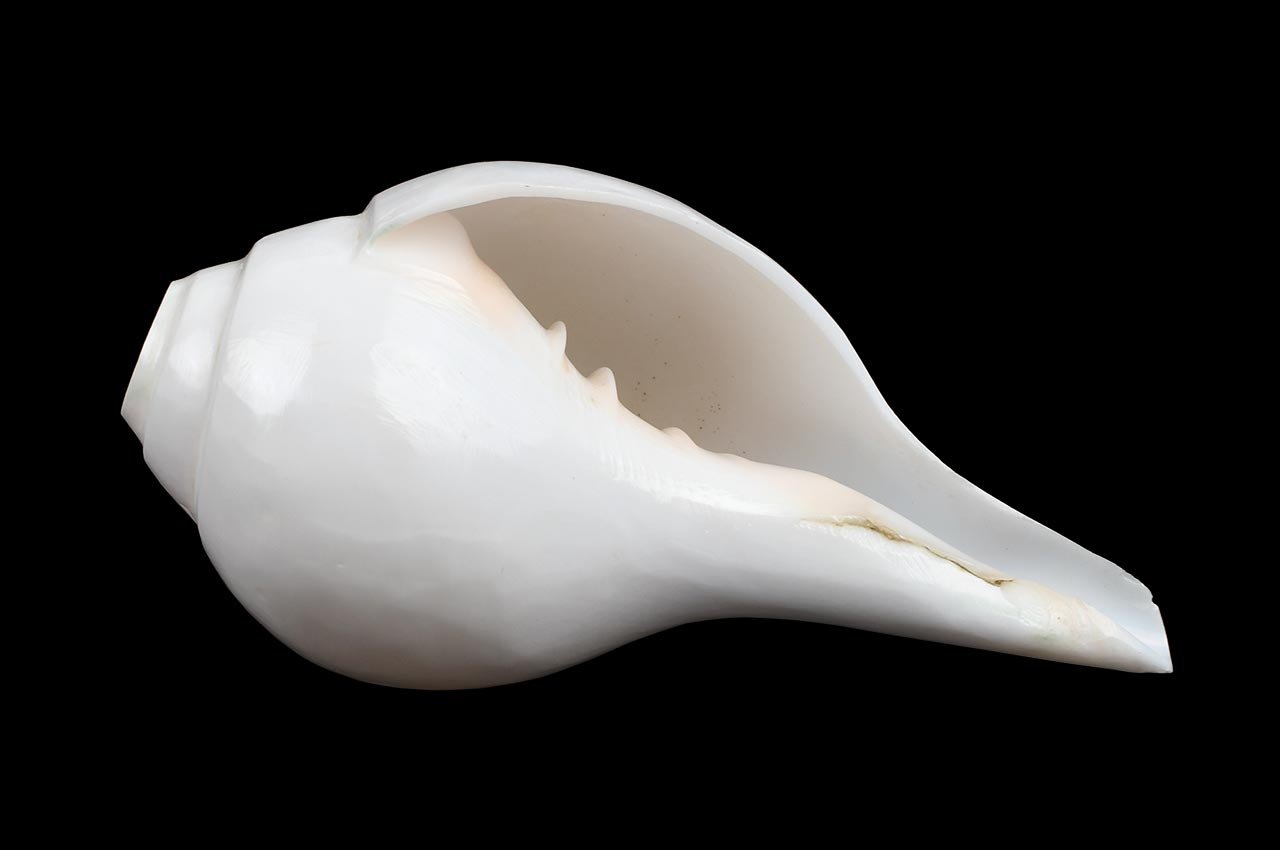Shop now for authentic and high-quality Shankh
Vamavarti Shankh
"The Sacred Left-Spinning Conch Shell - Types, Worship, Benefits, and Placement"

Welcome to our post that delves into the spiritual significance of the Vamavarti Shankh, a revered left-spinning conch shell in Hinduism. This unique Shankh holds deep symbolism and is associated with Lord Shiva and the divine cosmic energy. In this article, we will explore the different types of Shankh, the art of blowing it, rituals and worship, as well as the appropriate placement for this sacred symbol. We will also discuss the profound benefits of blowing the Vamavarti Shankh and its role in spiritual practices.
1. The Vamavarti Shankh: A Sacred Emblem:
2. Types of Shankh:
2.1. Vamavarti Shankh:
2.2. Dakshinavarti Shankh:
3. Blowing the Vamavarti Shankh:
3.1. Hold the Shankh in your right hand with the pointed end facing towards you.
3.2. Close your lips around the aperture at the pointed end of the Shankh and create a seal.
3.3. Blow gently but firmly, allowing the sound to resonate and fill the surroundings.

